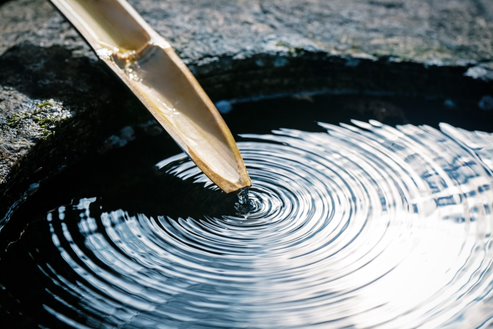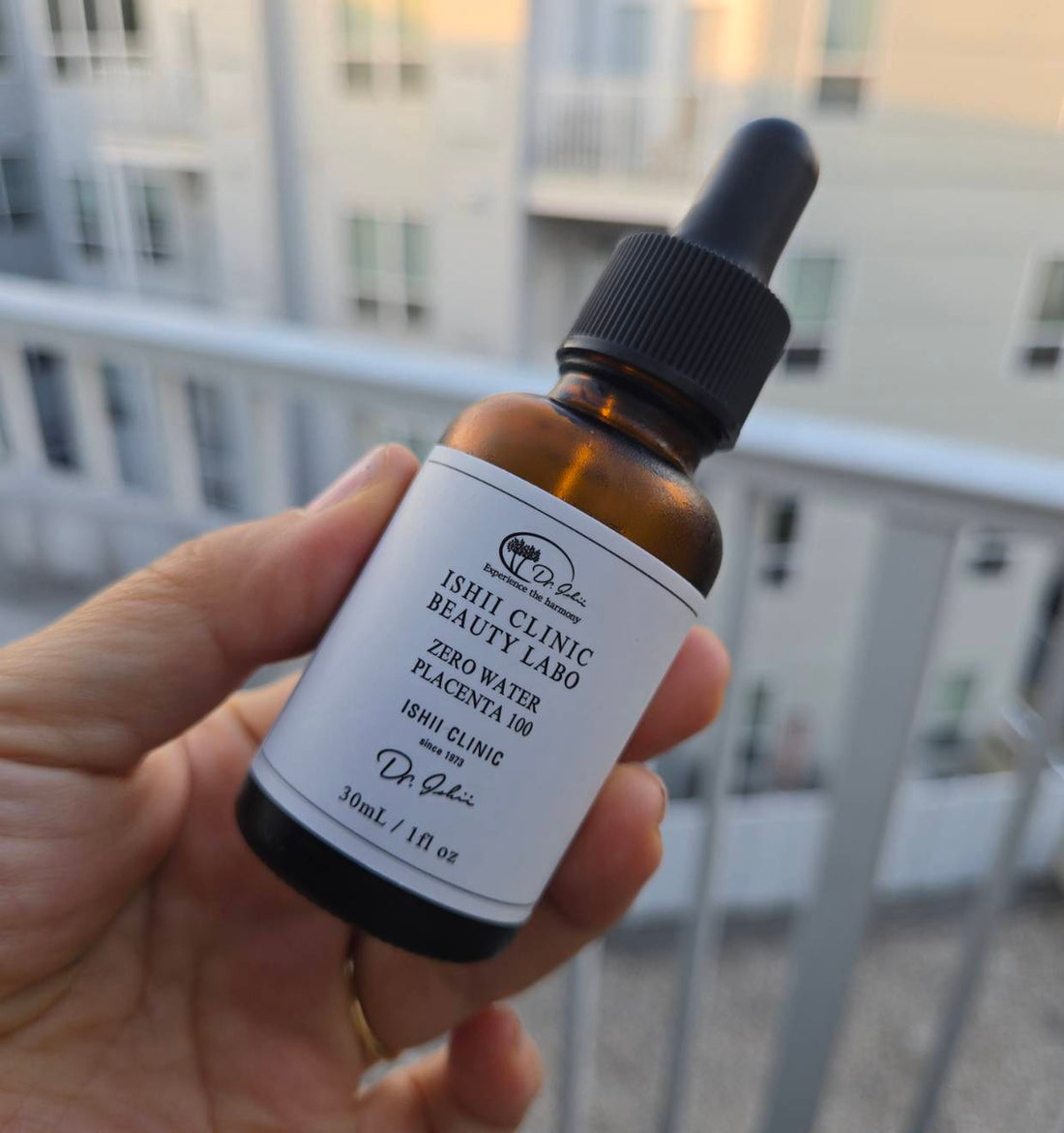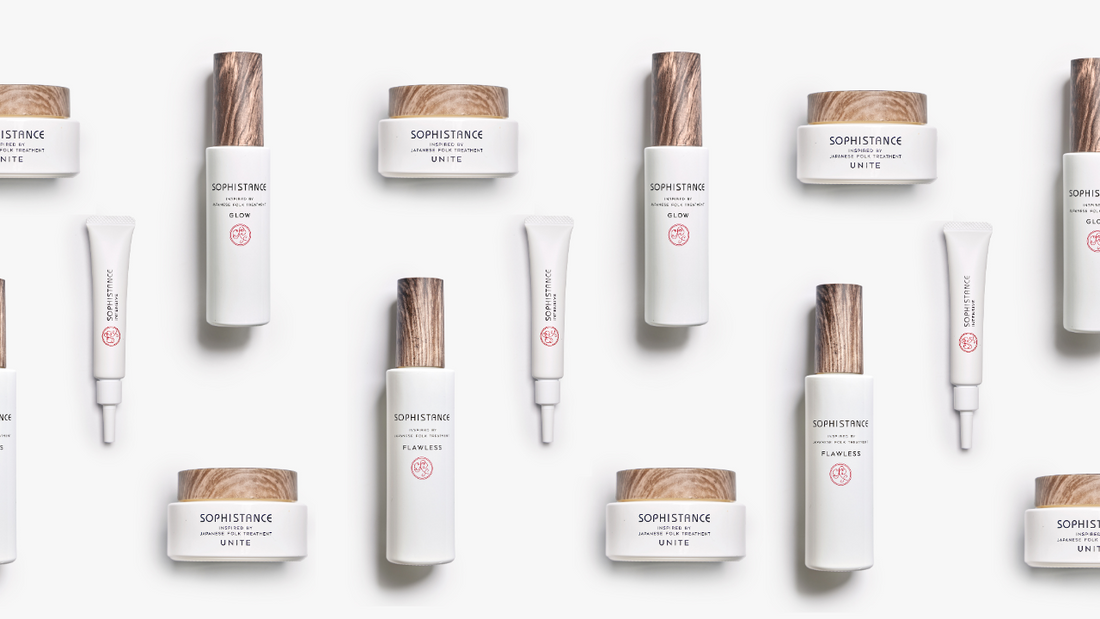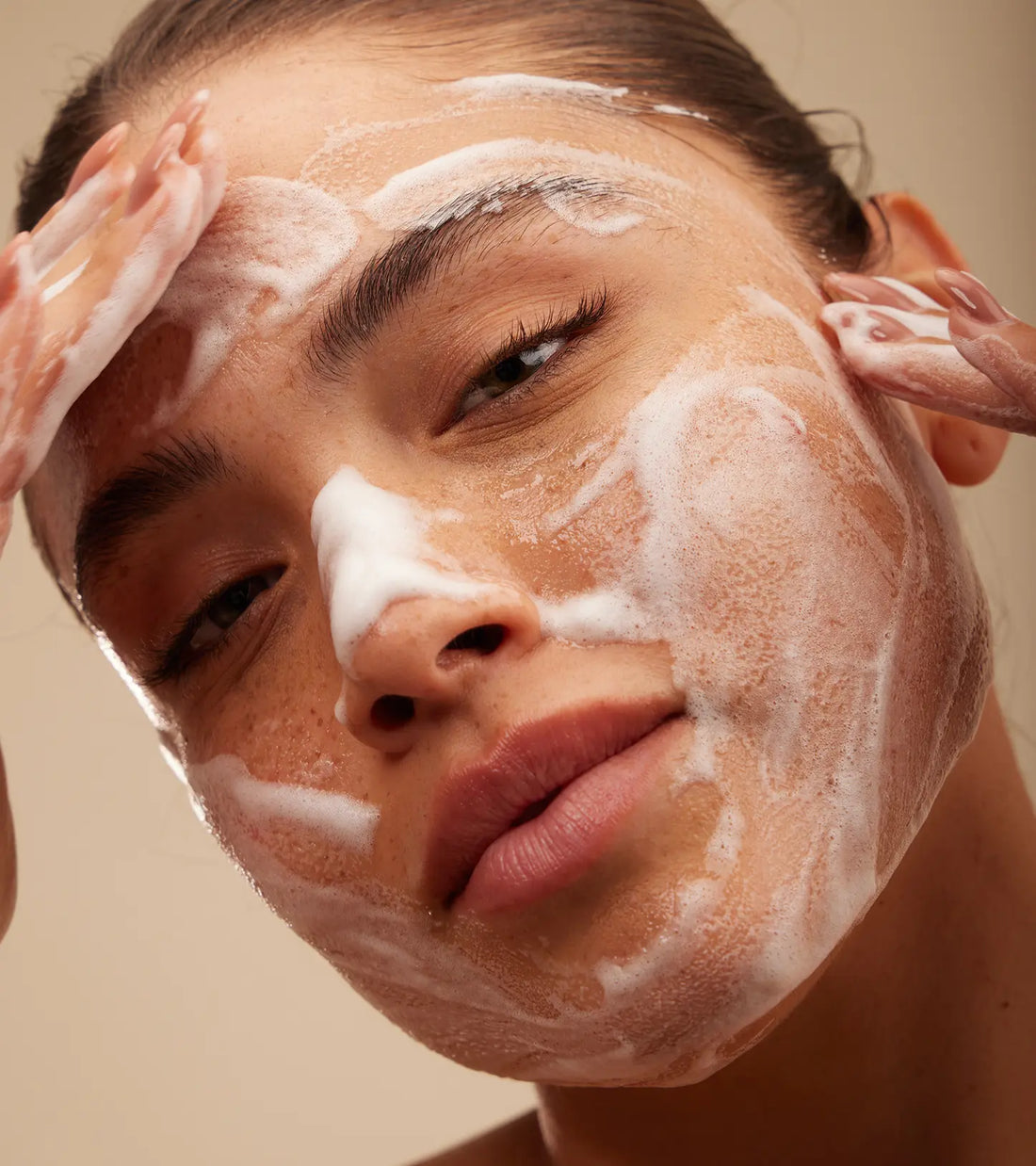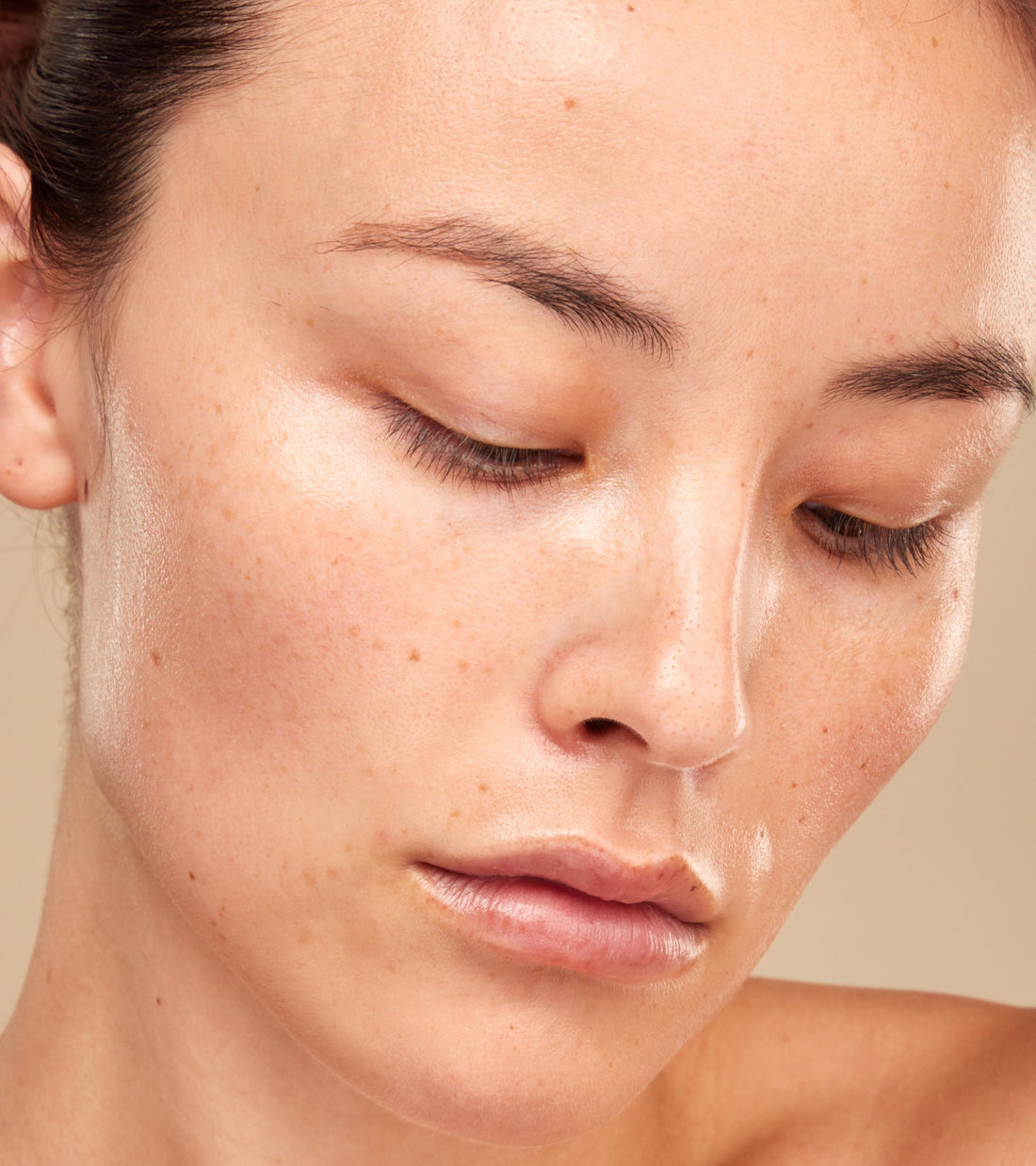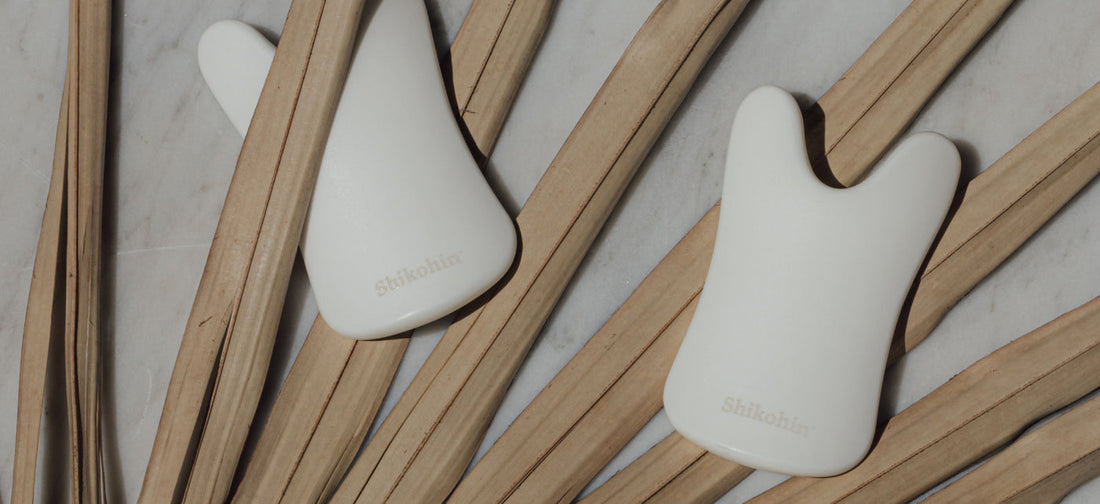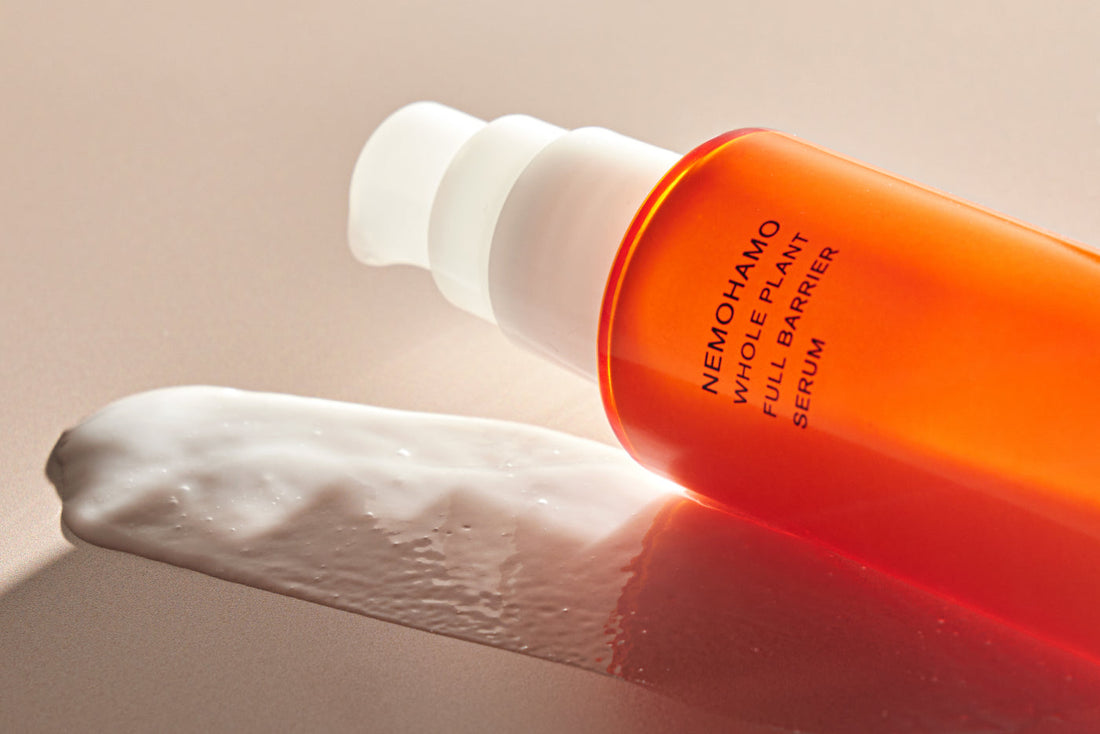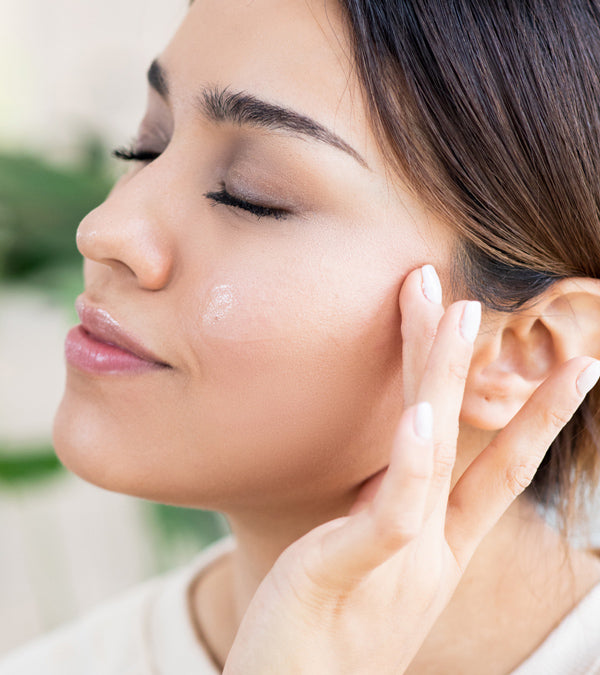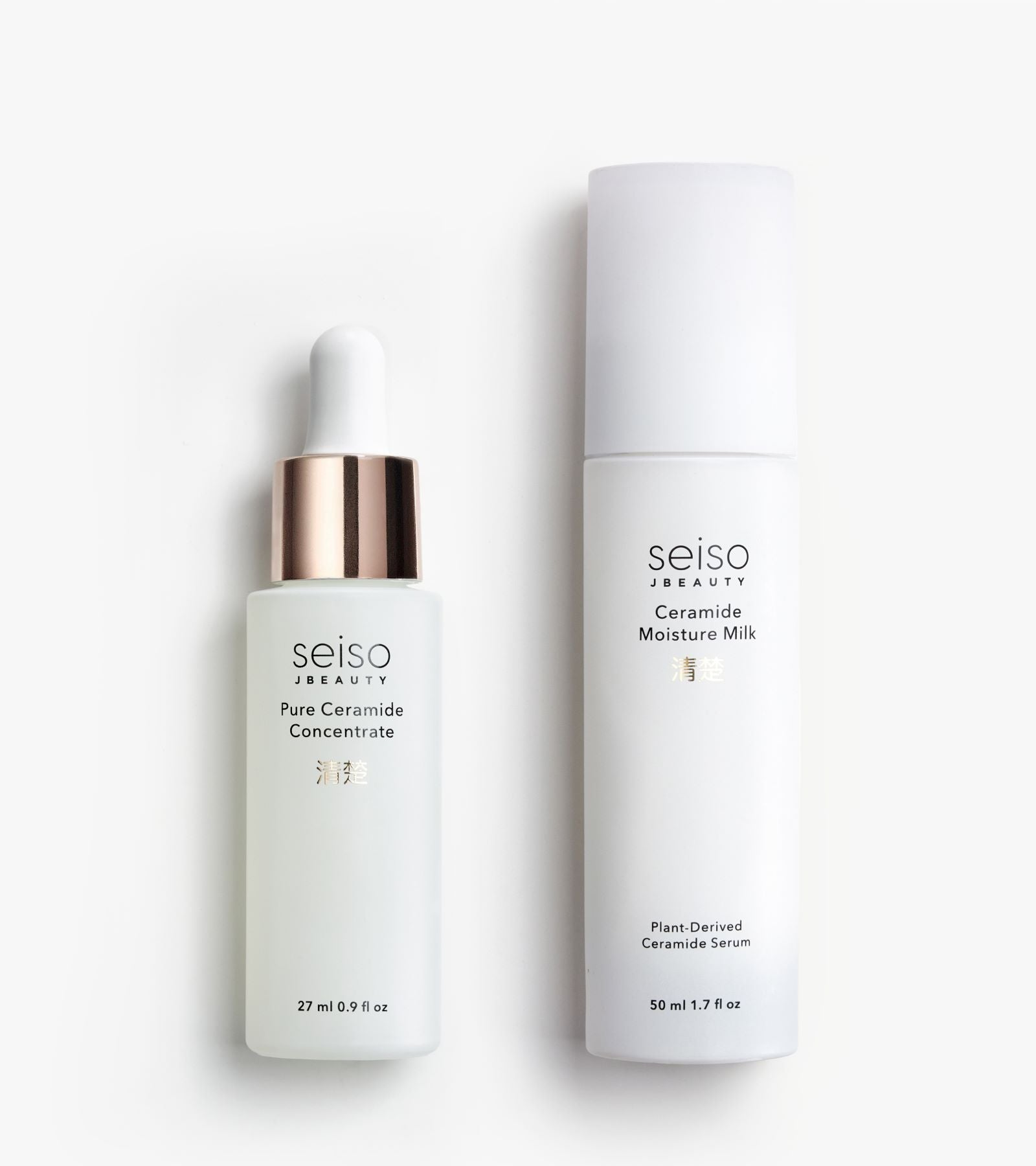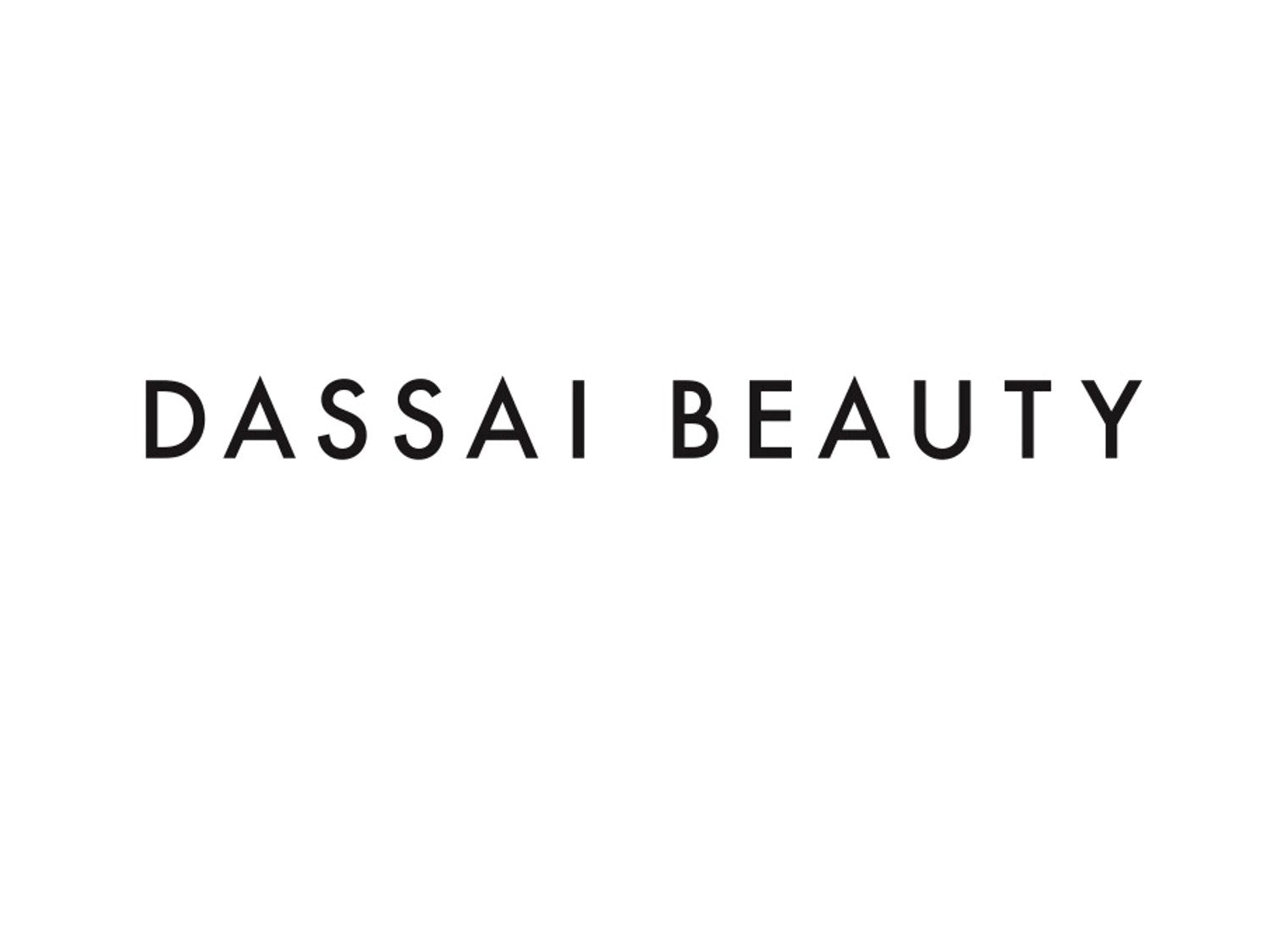About Japan's Beauty Influences on Holistic Wellness
In 1639, Japan enacted a policy of sakoku, or “closed country”, which strictly limited trade and relations with the rest of the world. It remained isolated for 215 years, during which time Japanese art and pottery became rare, highly sought-after luxuries in the west. In the 19th century, when sakoku ended and trade resumed, interest for all things Japanese intensified—so much so that the French coined the term Japonisme to describe the influx of Japanese culture and its influence on western arts.
Today, Japanese culture is experiencing a new wave of western popularity in the form of its ideals regarding beauty and wellness. Japan has one of the highest life expectancies in the world, making its culture a focus of health-conscious people everywhere. But much of what gets picked up in the media are fragments which barely scratch the surface of Japan’s centuries-old wisdom and practices; in fact, much of it has little to do with what holistic beauty truly represents at all. The truth is that Japan’s relationship with holistic wellness has roots that run deep.
This relationship is connected to the concept of ikigai, or finding one's purpose in life. In Japan, it's understood that ikigai doesn't come consciously; it's slowly revealed over time, in meaningful moments of self-reflection that shape a person into their full potential. While the pathway to ikigai varies from person to person, it’s essentially influenced by five tenets, which touch Japanese culture in all its forms and provide a roadmap for personal evolution. These same tenets apply to transformational self-care and serve as the foundational principles that have shaped our perspective of holistic beauty today:


